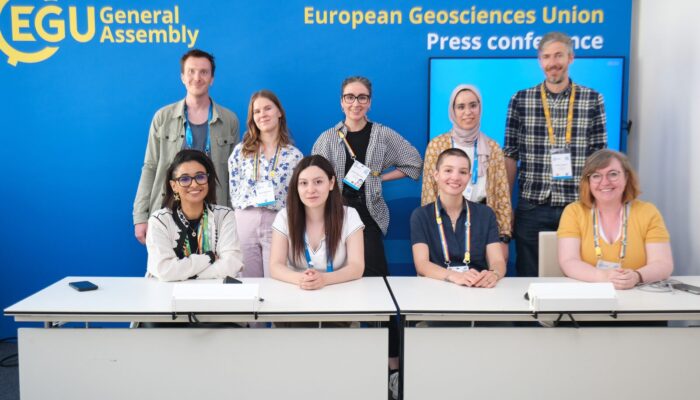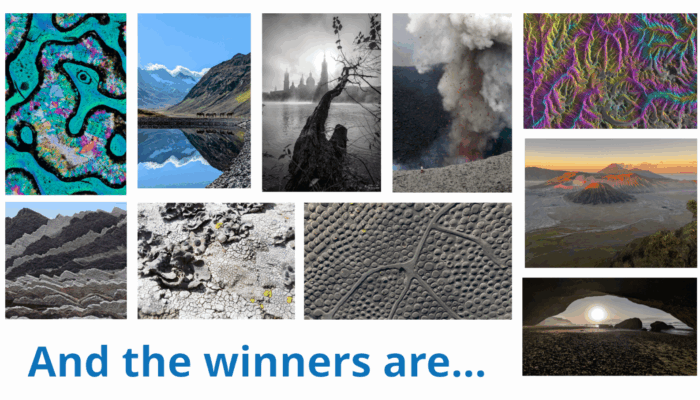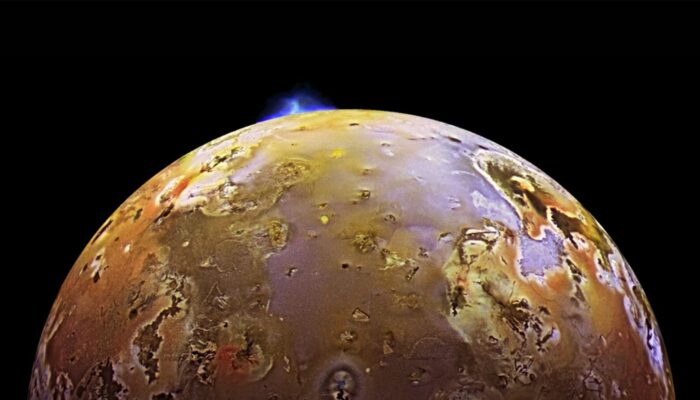Every year, the European Geosciences Union (EGU) General Assembly transforms Vienna into a bustling hub of scientific discovery. Tens of thousands of scientists from around the world gather to present their latest research, but how do these discoveries reach the public? That’s where the EGU press centre comes in—a space where science meets storytelling, and complex research is translated into stor ...[Read More]
Congratulations to the winners of the EGU25 Photo Competition!
For this year’s Photo Contest, EGU received a number of amazing images capturing a broad spectrum of the geosciences. Since the selection committee whittled the field down to 10 finalists, you have been voting for your favourites throughout EGU25’s week-long conference, both on-site in Vienna at the EGU booth, and online. After an enthusiastic response from voters, we are now ready -and very ...[Read More]
Io: a spongy world consumed by molten rock
Jupiter’s moon Io is the most volcanically active world in our solar system, with hundreds of volcanoes that constantly erupt on its ever renewing surface. Although Io always points the same side toward Jupiter in its orbit around the gas giant, two other Galilean moons, Europa and Ganymede, pull Io’s orbit into an irregularly elliptical one. Thus, in its widely varying distances from ...[Read More]
Poster safaris, wildcard talks, and other EGU25 adventures
If you’ve ever been to the EGU General Assembly, you know the feeling: everything, everywhere, all at once. Thousands of posters, hundreds of sessions, and approximately a million things competing for your attention (including the lure of the sunshine outside, if only for five minutes). Until someone invents a way to be in more than one place at once, we’re all stuck filtering. We comb through the ...[Read More]




